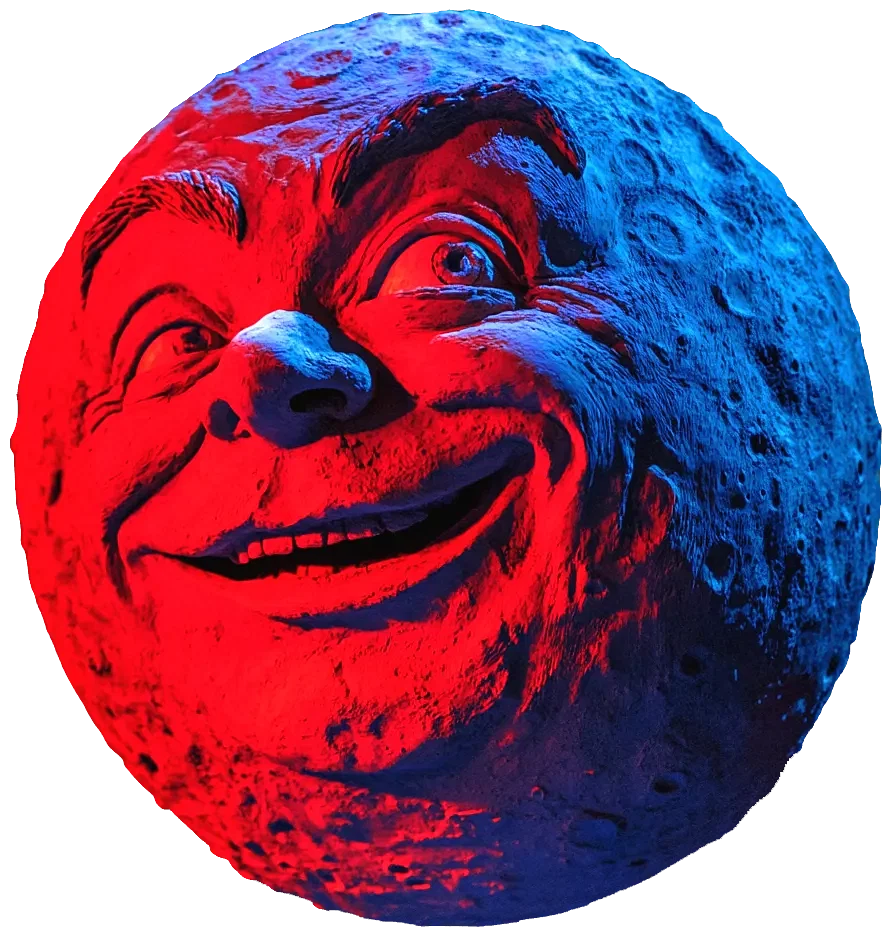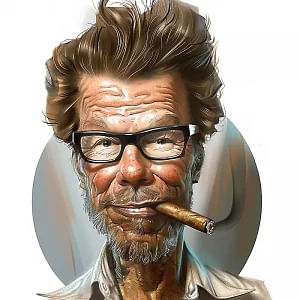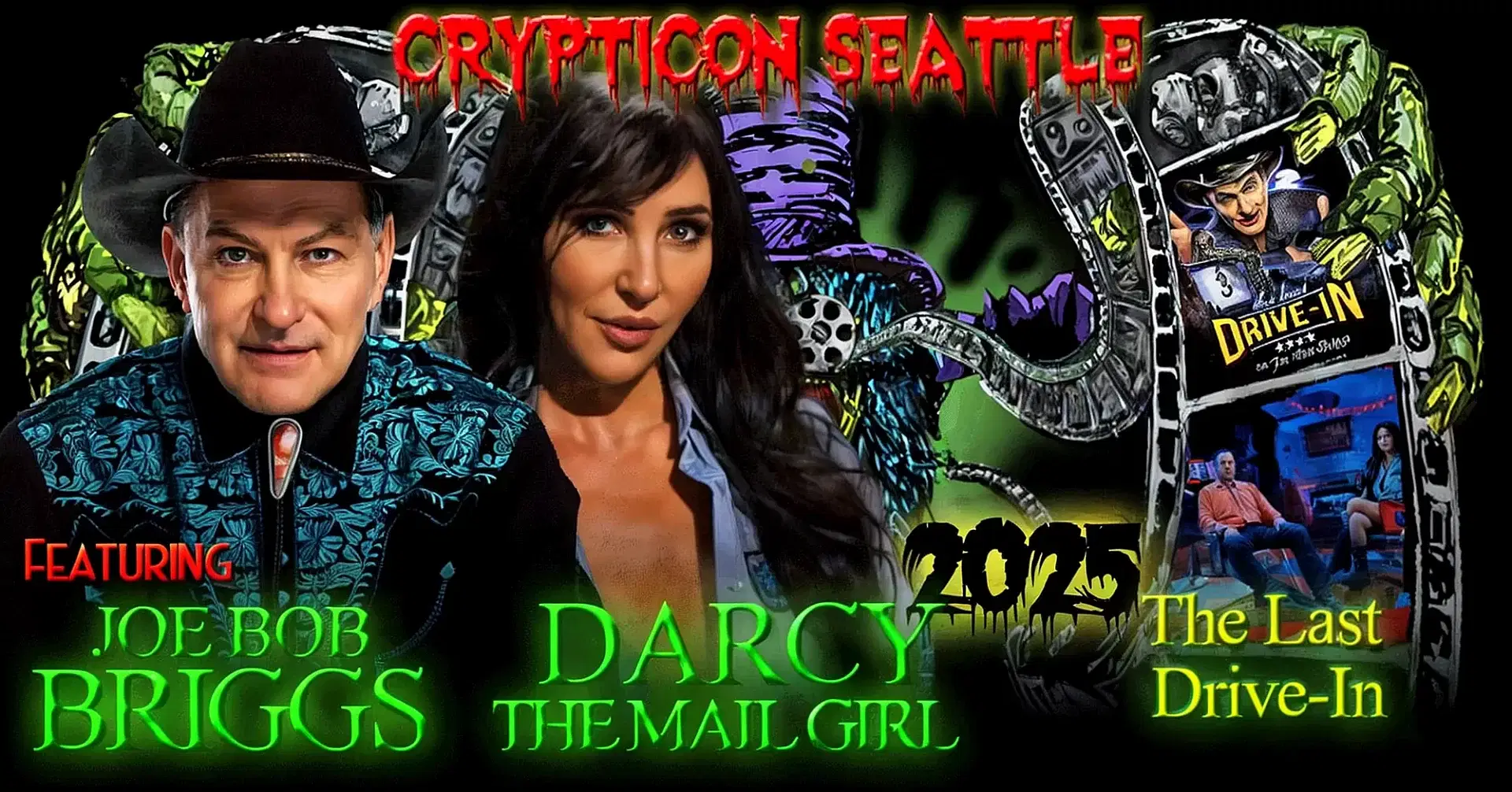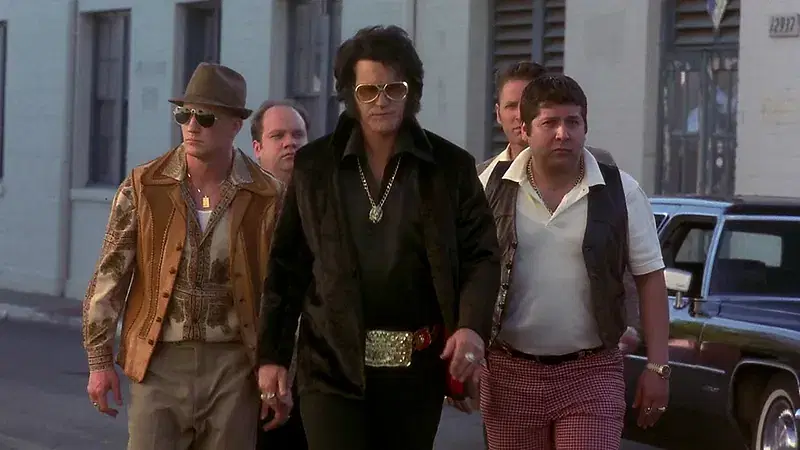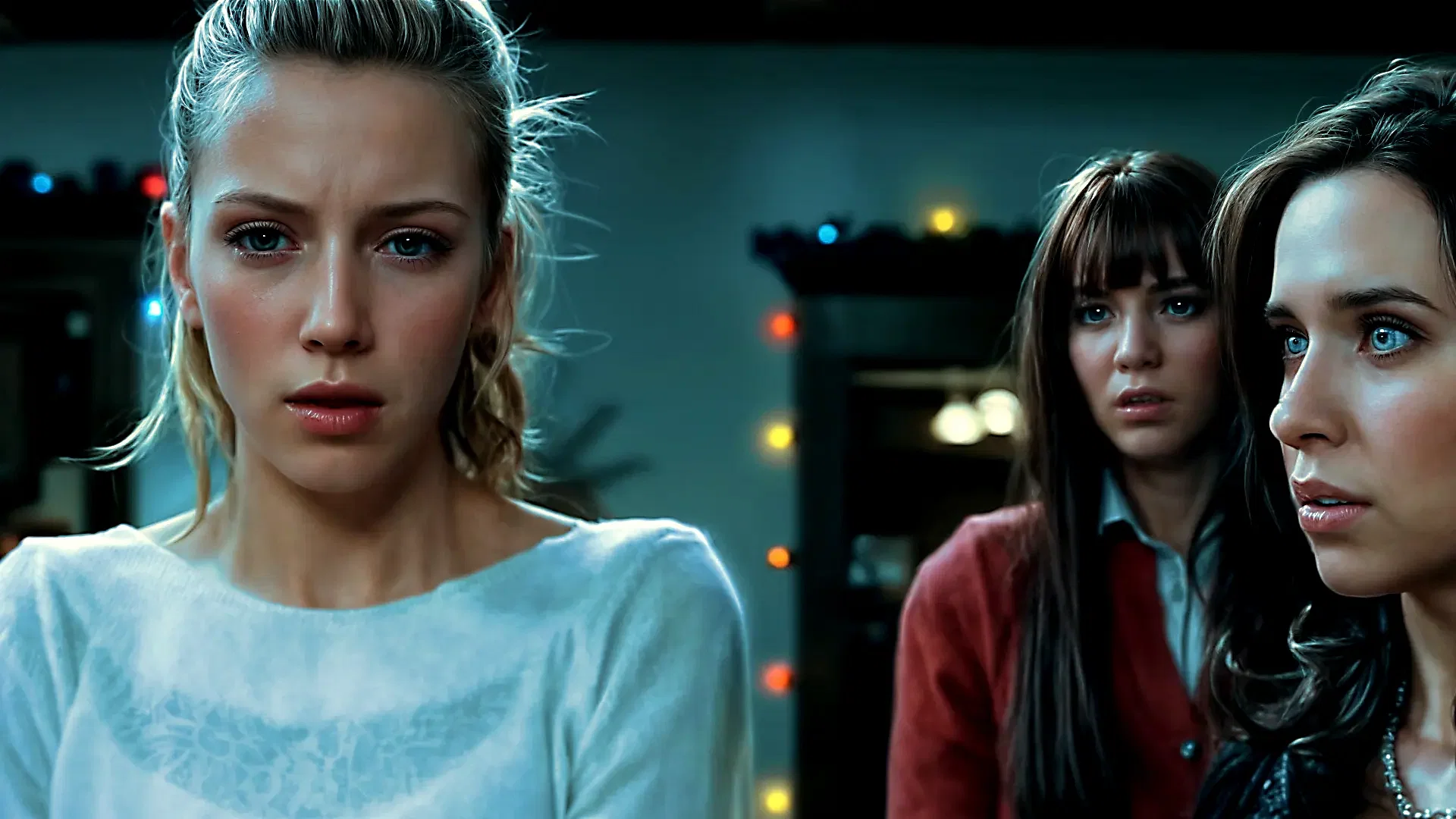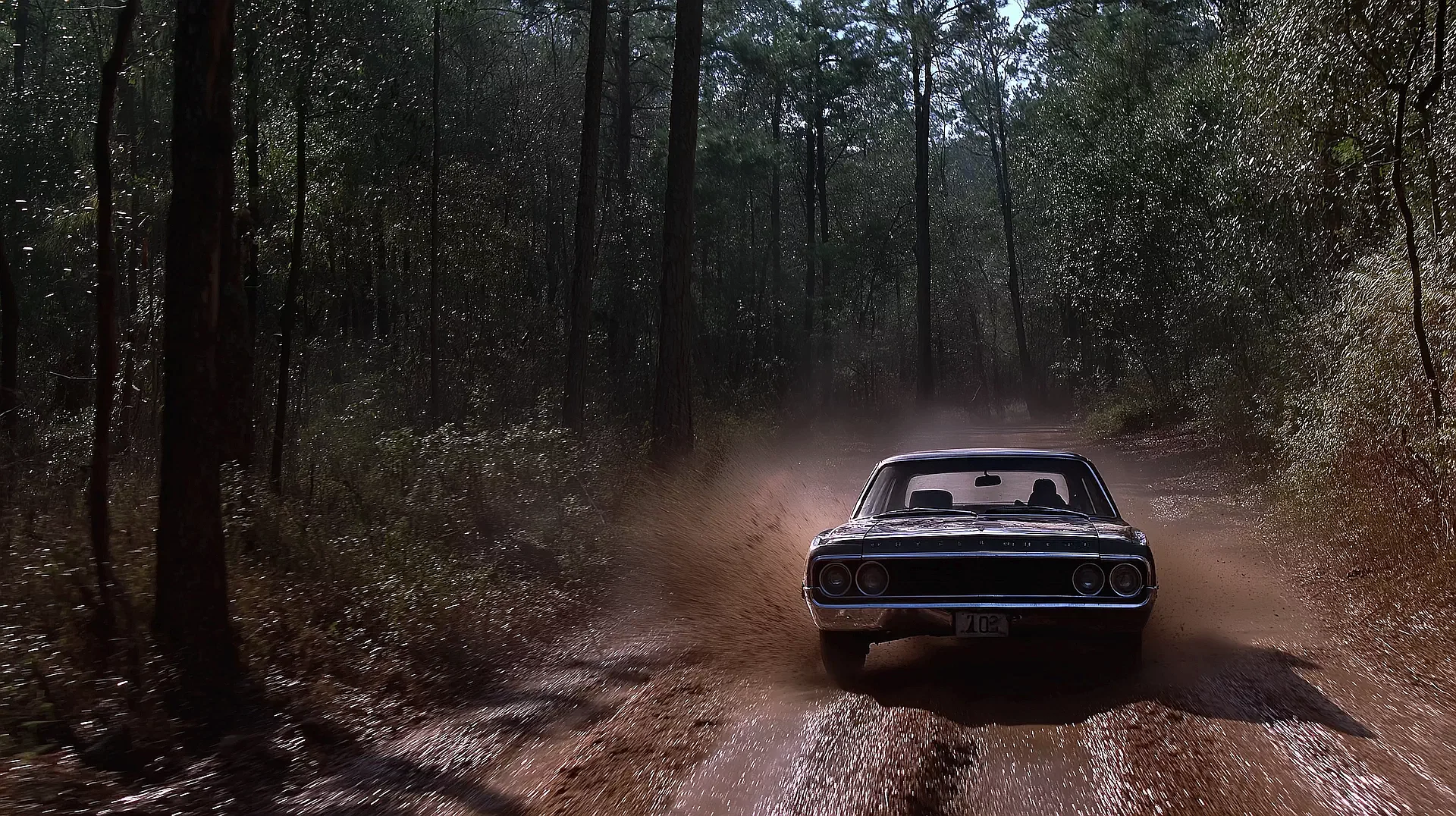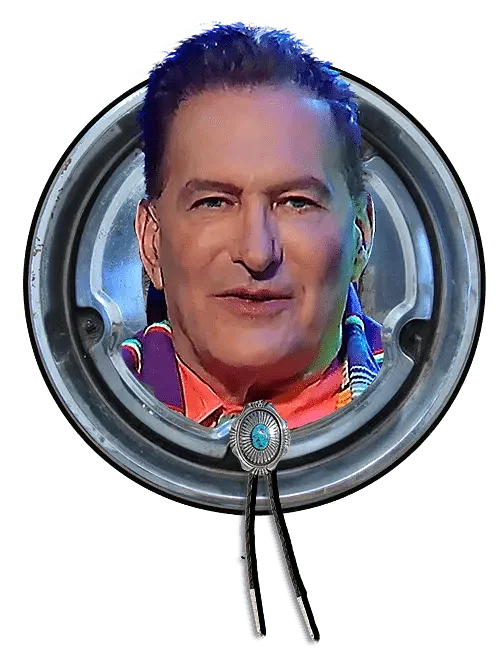The shower scene from Psycho. The opening shots of John Carpenter’s Halloween. The kick-off of Brian de Palma’s slasher within a slasher, Blow Out. The watery gaze of Jaws over John Williams’s score. All examples featuring POV – point of view – the camera shot that launched a thousand horror films. As promised, this week we launch LAST CALL Film School, a thoroughly amateur, more than slightly sophomoric whirlwind tour, primarily through the films shown on The Last Drive-In. Buckle up, buttercups. And be sure to let T.J. know how much you love his Joe art.

Wikipedia defines POV as a first-person, subjective camera shot that represents a specific character’s view. In horror, that character is frequently the killer. The golden age of slashers is gold in part due to POV. John Carpenter’s use of POV to represent a six-year old Michael Myers on the night of his first kill wasn’t the first use of horror POV but is one of the most unique. To that shot, Carpenter overlaid a Halloween mask effect, forcing us to look through literally through Michael’s eyes on the night that would change Haddonfield forever. And ever. And ever. Not even Joe Bob’s weapons-grade Halloween Hootenanny rant could dampen the joy of that eternally memorable opening scene. In fact, it mighta made it a little sweeter.
Of course by unique, we don’t mean first. Those POV honors don’t belong to Carpenter. Heck, they don’t even belong to Bob Clark, the writer-director of Porky’s, A Christmas Story and of course Black Christmas, the film many call the spiritual prequel to Halloween and one of the first true American slashers. Even more than Halloween, which features the Michael Myers POV largely at the film’s opening and close, Black Christmas uses it repeatedly to represent “Billy,” the faceless psychopath with barely sketched out backstory, the gift of heavy-breather gab and a penchant for stalking not only sorority sisters but “Townies.” Despite these street creds, according to Joe Bob, not even Black Christmas featured the first horror POV.

Black Christmas is often called a proto-slasher for its early introduction of the themes, plots and camera angles that Halloween, Friday the 13th and even later 90s meta-slashers like Scream would make famous. But before even Black Christmas came the gialli, the Italian horror detective thrillers made famous by greats like Dario Argento, Sergio Martino and the genre godfather, Mario Bava. Criterion cites his “ghost’s-eye POV shot from a child’s swing” in Kill Baby Kill as an early standout. But were even Bava’s 60s flicks home to the first horror POVs? Probably not. But they provided an undeniable influence on the American slashers that would follow. We challenge you to watch Bava’s Bay of Blood from 1971 and not think of Sean S. Cunningham’s film, which would follow almost a decade later and make Jason Vorhees and his devoted mother part of horror’s pantheon.
These giallo, Italian for “yellow,” are named for that nation’s best-selling pulp thrillers from the 1930 whose tropes were translated to film by Argento, Bava and others. The transition from giallo fiction to giallo film brings something else to mind – and our POV topic full circle. In his amazing survey of 70s and 80s horror pulp fiction, Paperbacks from Hell, author Grady Hendrix tracks the golden age of the genre and it’s hard not to notice its parallel track with the slasher. “Teenie kill pics” and horror pop-fiction – including its paperback covers – became increasingly decadent, eventually showboating their way right out of business and the box office. Hendrix cites the publication of Thomas Harris’s Silence of the Lambs in 1988 as the dawn of a new, more sophisticated decade for thrillers and gore. Like the slasher sequels that proliferated in the mid-to late-80s, Lambs made a hero of the villain. But unlike the Michaels, Freddies and Jasons, Hannibal Lecter was a new kind of maniac – cultured, mannered, with not an ounce of the supernatural.
Director Johnathan Demme brought Lecter and every Lambs character to life through his own unique POV approach. Demme wasn’t a horror director, but his extreme close-up POVs belong in the hall of fame – shots so deeply subjective that they strain reality even as they put you deep within the emotional ozone of not just one character but almost all of them. And while Joe Bob never hosted Silence of the Lambs, the film is a good place to end. Because when it comes to POV, we love ours served with some fava beans and a nice chianti.

Looking for other great POV examples? Friend of the blog Leigh Evans – one half of the fantastic podcast Night of the Horrorphile – cites Elijah Wood’s 2012 remake of Maniac and 2009’s [REC] 2, a Spanish thriller that Juan Piquer Simone probably wishes he’d made. Check out the clips here:
Maniac: https://youtu.be/eYEBEeWvdGo
[Rec] 2: https://youtu.be/QYtcftNU7Gs
Tune in next week for Session 2 of LAST CALL Film School!

